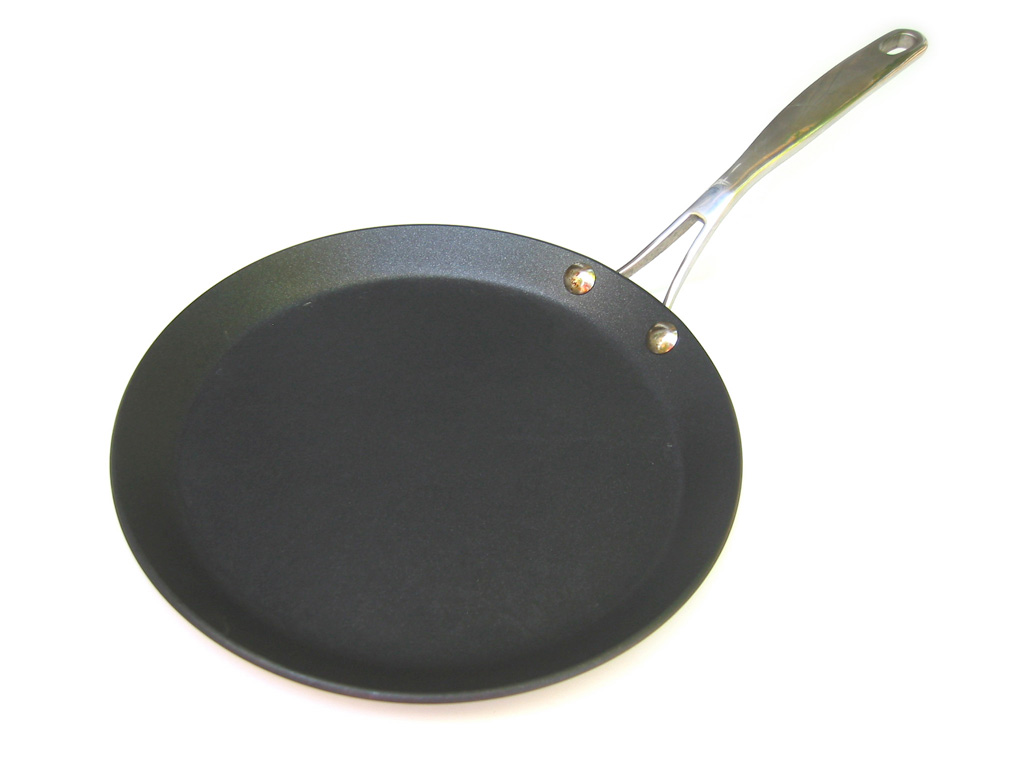for EQ on guitars i saw a post a few days ago on this forum (andy sneap i think, i was linked it so i didnt really get a good look) about how the guy lowpasses at 20 Ghz and highpasses at 12000 Ghz so basically it makes your EQ curve look like an arch of sorts.
You got some things totally messed up here buddy.
First off, a human's hearing range goes from roughly 20 Hz to 20.000 Hz (20 kHz) for a young and healthy person (it degrades with age).
So that's the range we're working with as audio engineers. I guess you just mixed up the terms, because no creature on earth can hear sounds in the Gigahertz range.

--------
Anyway, one should always be quite conservative with EQ on guitars. Get it right at the source. If you have to make more than the occasional 2dB cut (band-passes excluded) on an annoying frequency then you make something terribly wrong in the tracking process.
--------
Now on to the usage of high- and low-passes, which are are means of EQ-ing as well:
A
high-pass has a cut-off frequency (it's not a straight cut, rather a gradual) at which all frequencies above the cut-off freq. are being allowed to pass through (as the name indicates).
But you could also say, that a high-pass basically
cuts all the freq.
under the cut-off freq. That's why the terms
high-pass and
low-cut are interchangeable.
Converse this logic and you get the
low-pass which equals a
high-cut.
I personally prefer the terms low- and high-cut because they seem to be more logical for people who have no knowledge about the electrical engineering behind an audio circuitry.
--------------
Now on to the practical use of low- and high-cuts at the mixing stage (we're talking about guitars):
An electric guitar is an instrument that's allocated in the midrange of our hearing and therefore mixing spectrum. IT IS all over the place though (as you'll always have harmonics/overtones and centre frequencies above or below the midrange) and that's where low- and high-cuts come in handy:
One usually applies a
low-cut/high-pass usually centring somewhere between 60 and 120 Hz to make room for the instruments that actually belong there: the bass (guitar), the "body" of a kick drum and the low-end of the floor toms.
If you don't give each instrument enough space to "breathe", your mix will cloud and mud up.
The guitar is not there to provide your mix with low-end.
Another nice side-effect of removing unwanted low-end is the fact that you are making more
headroom available. The more headroom you have, the later will your instruments
clip.
A
high-cut/low-pass on the other hand ain't always necessary. You usually use one to remove annoying frequencies in the high-end (like fizz) and/or to make more room for the cymbals.
You always have to determine the cut-off frequencies for both every time individually depending on the actual source material. Setting a low-cut too high might remove to much "chunk" from the guitars, setting a high-cut too low might remove the "air" from the guitars and make them sound dull.
--------------
John, there is soooo much for you to learn in this. If you want to take your tracks to a new level than sooner or later you'll have to give up recording with that digital recorder.


